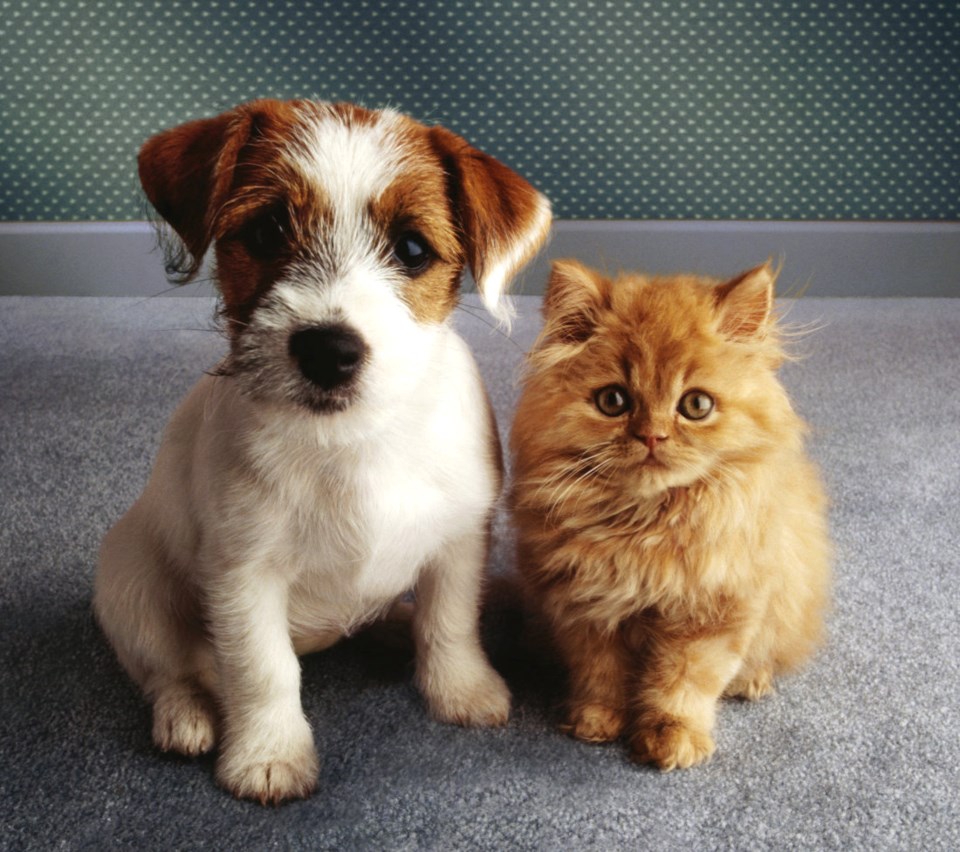A few weeks back I wrote about how the cost of feeding the animals that end up on our dinner plates has skyrocketed over the last few years. Similarly, the cost of feeding the animals that live with us has risen markedly resulting in pets becoming a financial strain on many families. Dogs and cats are integral members of todays families. Pet owners often are accused of treating their pets better than people. But the cost of pet food is climbing, and the trend will continue in 2023.
How does a pet owner decide which food to buy and feel comfortable that their pet will stay healthy? To help with the decision basic understanding of pet food is needed. Over the next few weeks, I will try to unravel the information a pet owner needs.
Essentially all dry pet foods on the market are scientifically formulated to ensure that the nutrient needs of pets of any age are satisfied. These specifications are determined by the American Association of Feed Control Officials (AAFCO). If you read the small print near the guarantee listing, you should find an AAFCO statement that this food meets a standard for various life stages. In dogs there are three classifications. Growth and reproduction, growth and reproduction for Large Breed (70+ pounds adult weight) and adult maintenance. For cats there are two classes. Growth and reproduction and adult maintenance.
This means that if you feed the proper designated food at the manufacturers recommended rate to the pet (pets with veterinary conditions requiring a prescription type diet not included) your pets needs will be met.
However, when you walk the isles of a pet store you will find foods making the same claim with hugely different costs. In the industry there are several different “grades” of product available. Within these grades there are multiple options. This only confuses the decision-making process. Common terms for these classifications are Generic (store branded), Popular, Premium and Super Premium. In higher end products these grouping can be further defined as Grain Free, Organic, Natural, Limited Ingredient or Holistic. In pet food an indicator of quality will be price. Generic typically the lowest priced followed by Popular, Premium and Super Premium. All will supply adequate nutrition if fed at the recommended levels. Typically, you need to feed more of the generic than premium. So why the huge cost discrepancies. A 20-pound bag of food can range in price from $40 to well over $100.
Everyone has seen the TV ads where the main selling point is what is first on the ingredients list. Pet foods are required to list the ingredients in the order of quantity of the ingredients on an “as mixed”, pre-extrusion basis (for purposes of this discussion only dry kibbled pet foods). The guarantee on the bag typically reads values based on a 90% dry matter basis. That mean 10% of the kibble is water. This is a standard practice in the industry.
How the manufacturer formulates each food to this standard value depends on how much moisture each individual ingredient contains. Pet foods are designed to meet specific label ingredient claims that will entice the human buyer to choose a specific product. High moisture ingredients (fresh meat) typically end up higher on the label even though the finished product will have a low moisture content.
In my next column I will explain how this moisture differential is used to enhance the label and sell product. Tune in next week, same time – same channel!
J.A (Jake). Davidson, P.Ag., PAS
Livestock & Companion Animal Nutritionist




